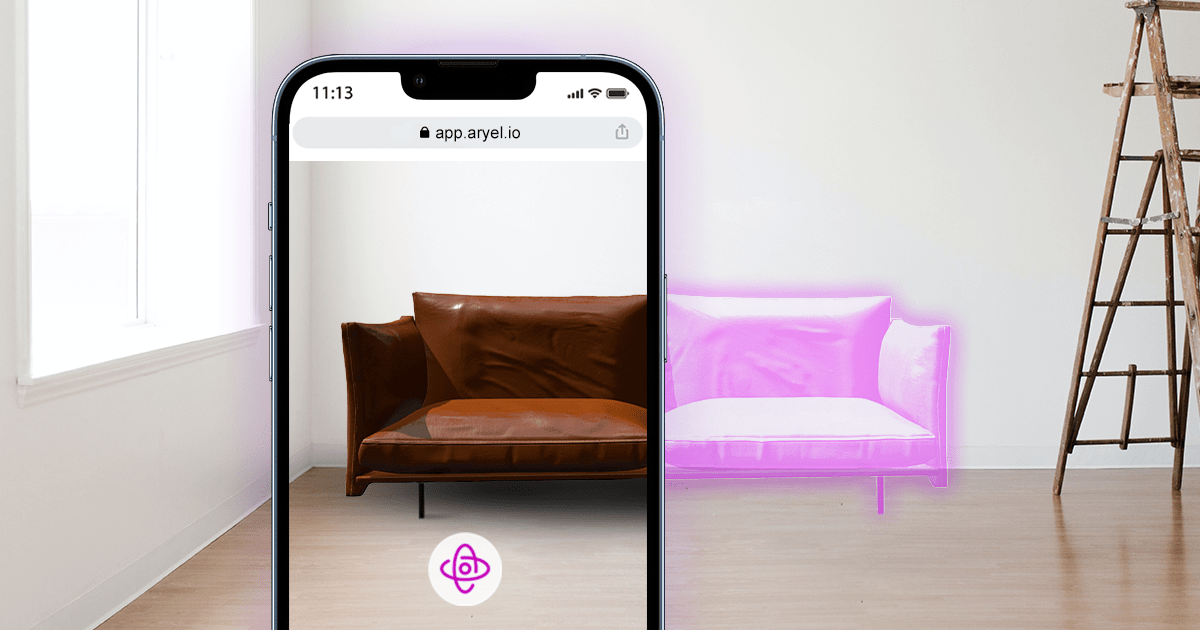With thousands of new e-commerce businesses coming out, standing from the crowd is becoming more challenging every day.
You need to outperform the average product page conversion rate to survive this market.
According to Unbounce 2022 Conversion Benchmark report, the average online store home page converts at 2.63%, while the average product page converts at 5.31%. Product pages are, of course, the most important pages for an e-commerce business. They convert visitors into paying customers, so you want them to be as good as they can be.
The problem is that many product pages are dull and boring, with no real personality or engaging content to convert potential buyers into customers. So, if you want to increase your e-commerce conversions, it’s time to improve all the critical elements.
As the number of e-commerce has grown, so have the expectations of customers.
They expect a seamless experience that makes it easy to choose products to buy,
learn about them, and then purchase them.
They expect great visuals and videos, and more and more users also expect to find immersive shopping experiences on product pages.
3D product visualization and Virtual try-on overcome your customer’s expectations.
You need to optimize these features for your product pages if you want them to perform at their best.
AR is surely one of the best way to outperform your product page conversion rate.
In the Furniture industry, Augmented Reality is already a must-have.
So it is for fashion brands and for a constantly growing number of industries out there.
Thanks to platforms like Aryel, which uses WebAR technology, integrating Augmented Reality into an online store is possible even to smaller businesses or brands — that wouldn’t have the budget to create native AR experiences or develop in-house apps just like IKEA did.
Okay, but how long does it take to get the experience working on your own website?
Here’s 5 steps.
- Get the 3D Models of the products:
The first step is to get all the 3D models of your products. They have to be a specific format, which is .glb or .glTF.
We talked about these kind of 3D format in an other blog, you can read it here.
Here’s 4 tools to find and create some very cool 3D content to start with: Free3D, Alpha AR, SketchFab, and CGTrader.
- Initialize a surface campaign inside Aryel’s platform: there are a lot of ready-to-use templates within the Aryel platform. They will help you speed up the process of creation for these very simple campaigns.
- Create a campaign for every product you want to display. Once the first one works, it all can be duplicated.
- Embed each campaign inside the correspondent product page. Just two lines of code. Easy adoption.
- Customize how the experience will be loaded, launched and displayed.
White-Labeling the experience to enhance brand awareness.
Take a look at all the articles on our blog and at the useful resources on our website!
Start now with a FREE account. Forever.



